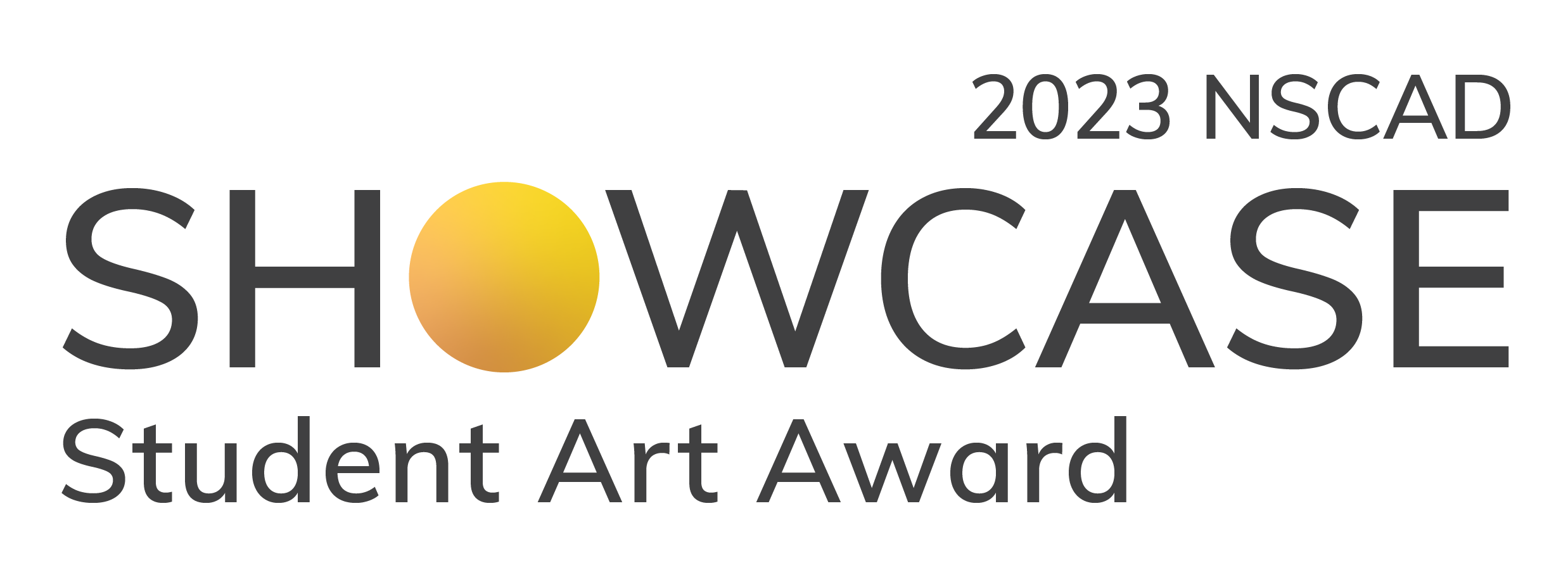
NSCAD is excited to announce the ten finalists of the 2023 NSCAD Student Art Award. This award recognizes and promotes exceptional work made by NSCAD students across ten disciplines at the university. The winning artist receives a $5,000 purchase prize, with the artwork added to a special section of the permanent President’s Collection at NSCAD University. Nine finalists receive $1,000 each. This premier award provides young artists with vital visibility as they embark on their careers.
Meet the finalists
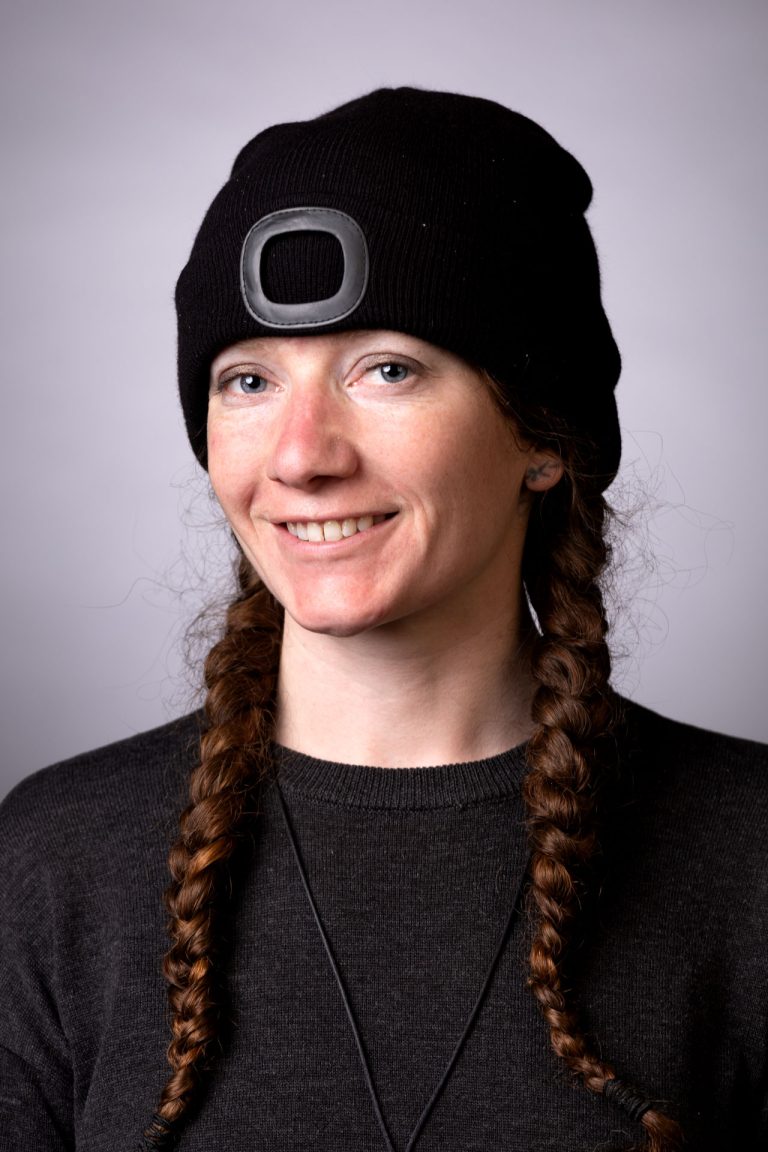
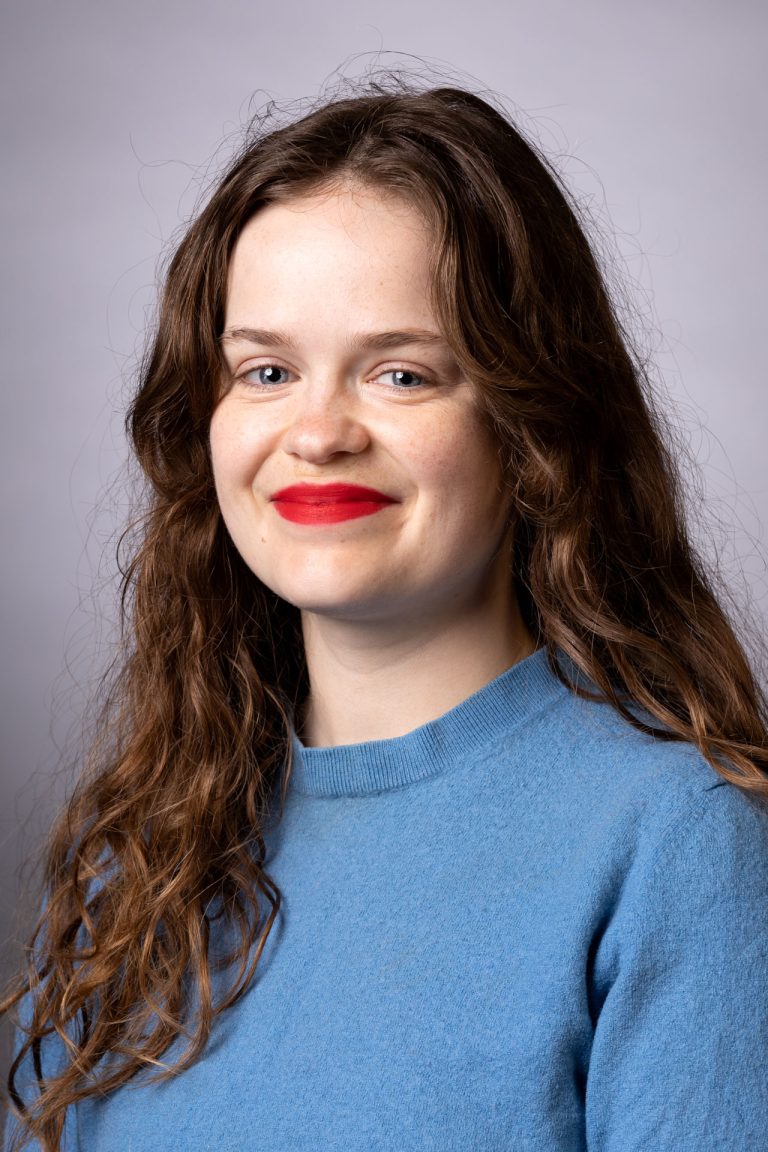
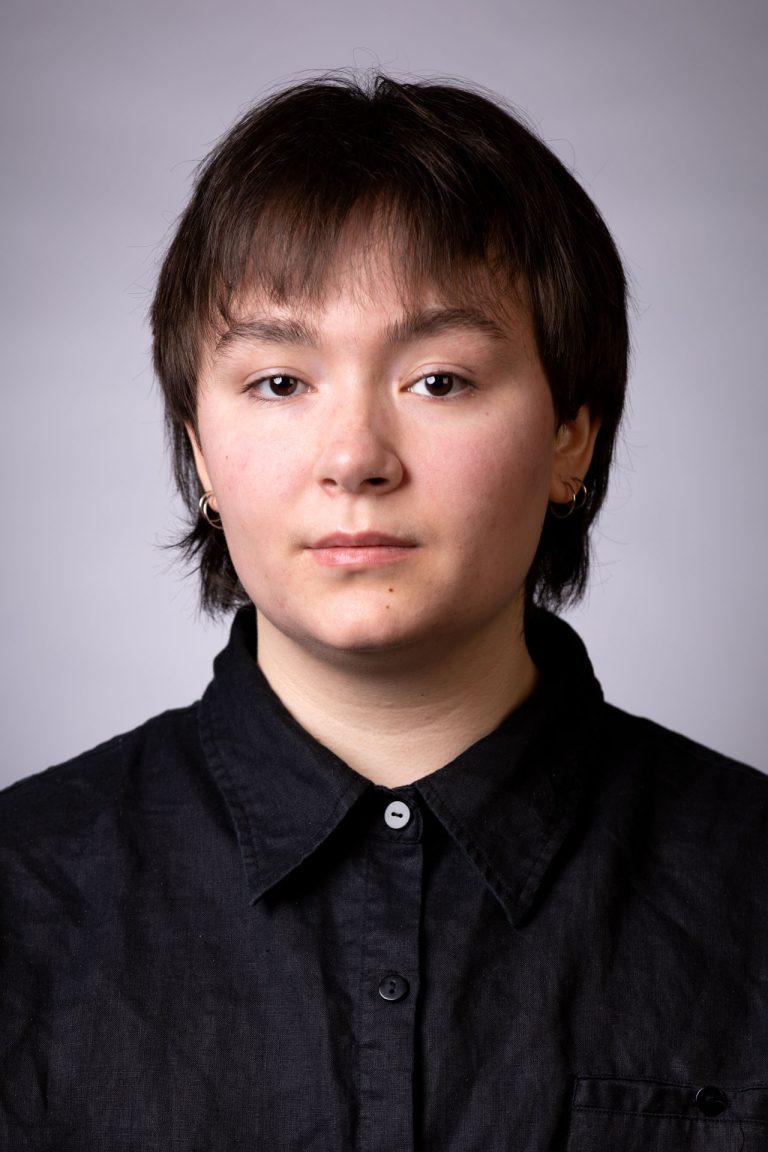
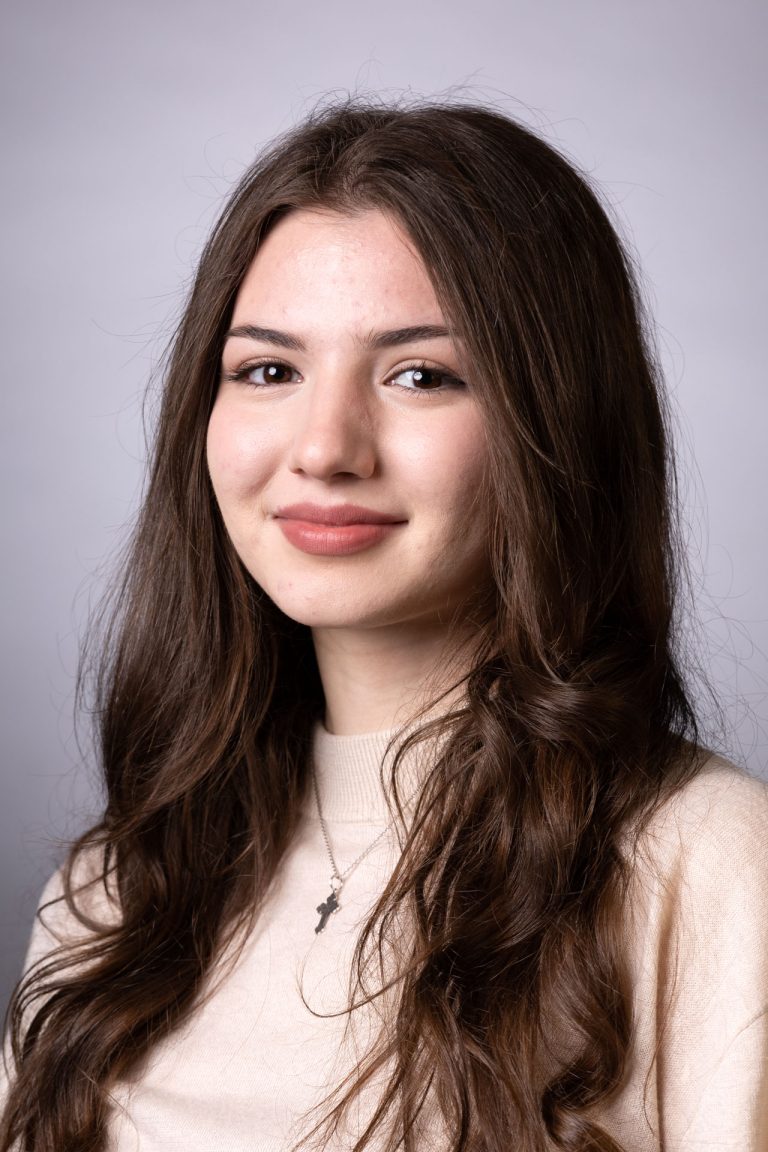
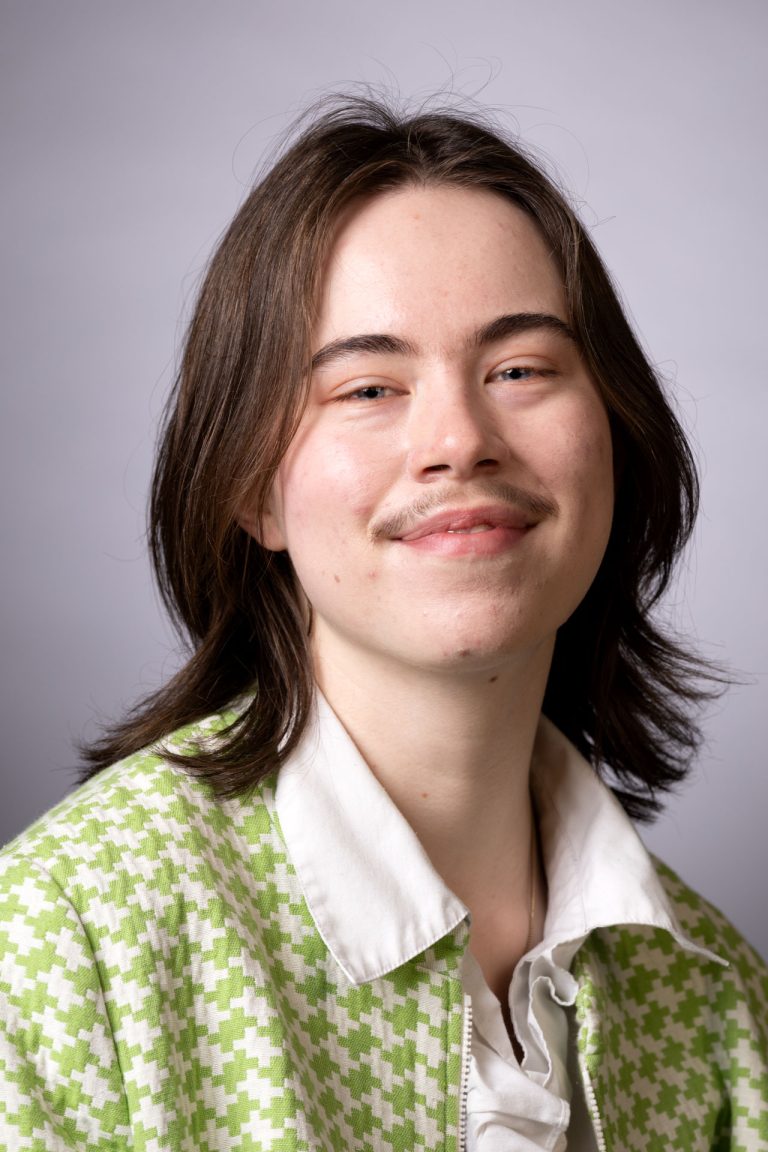
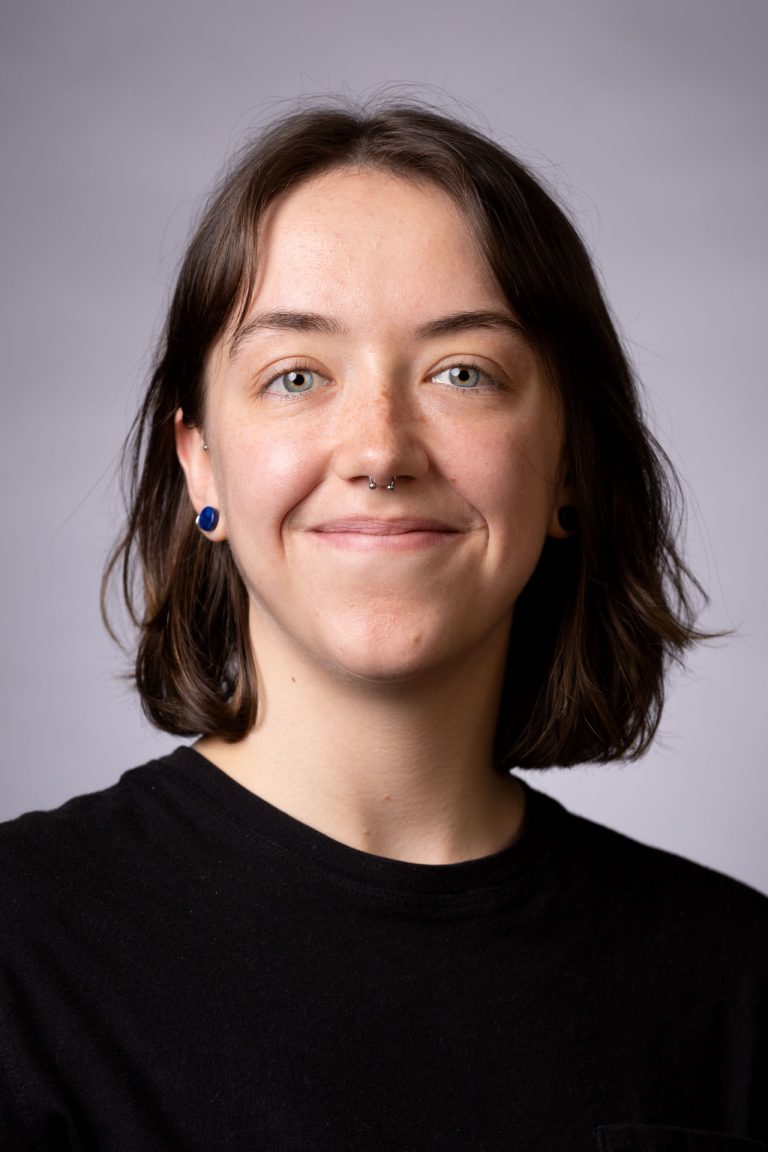
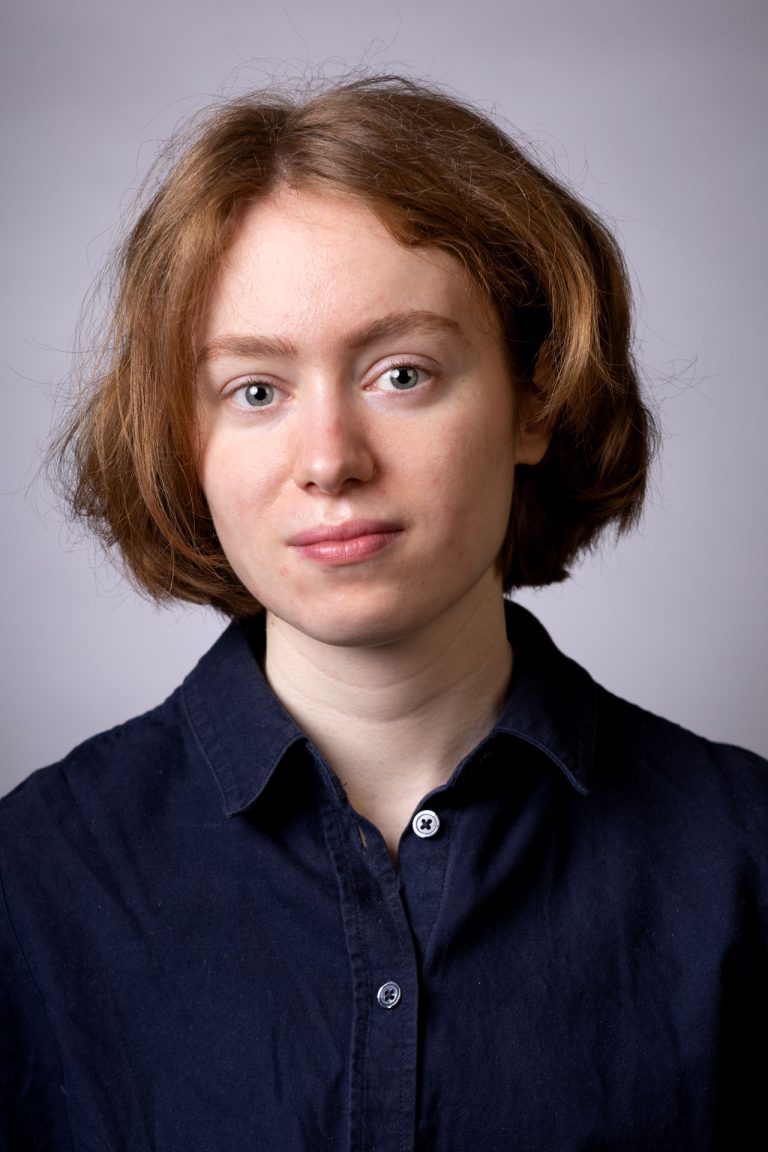
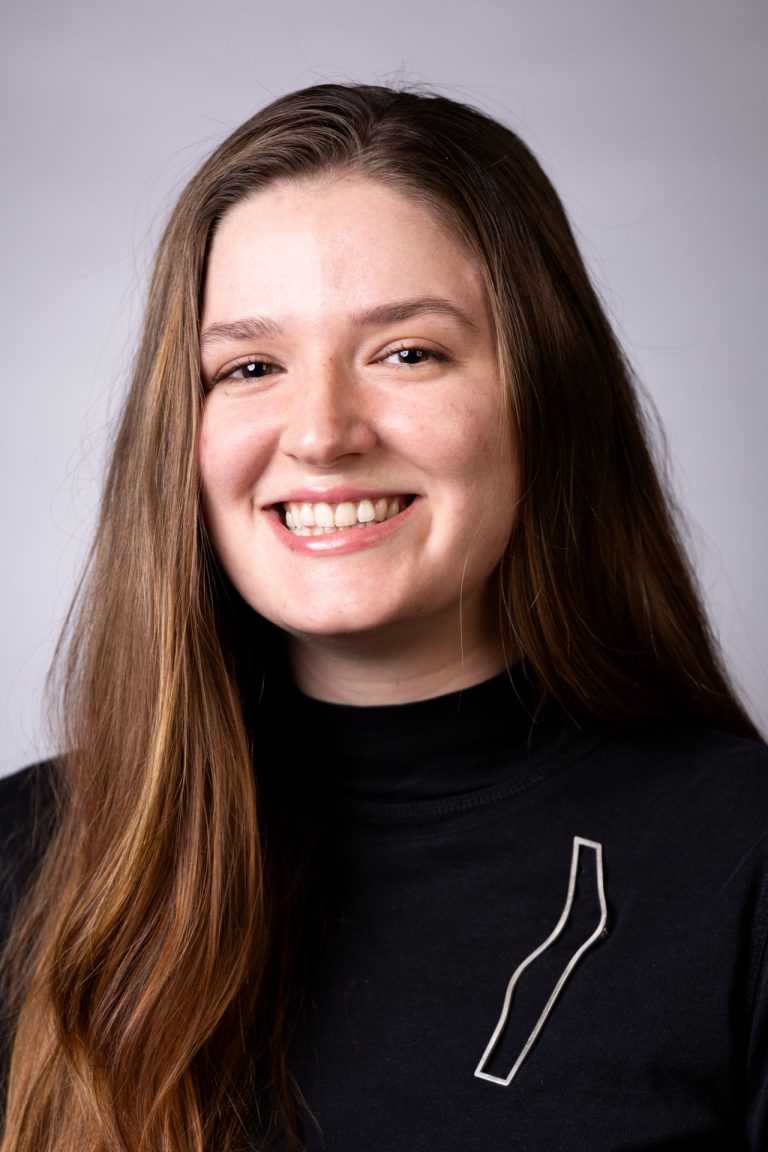
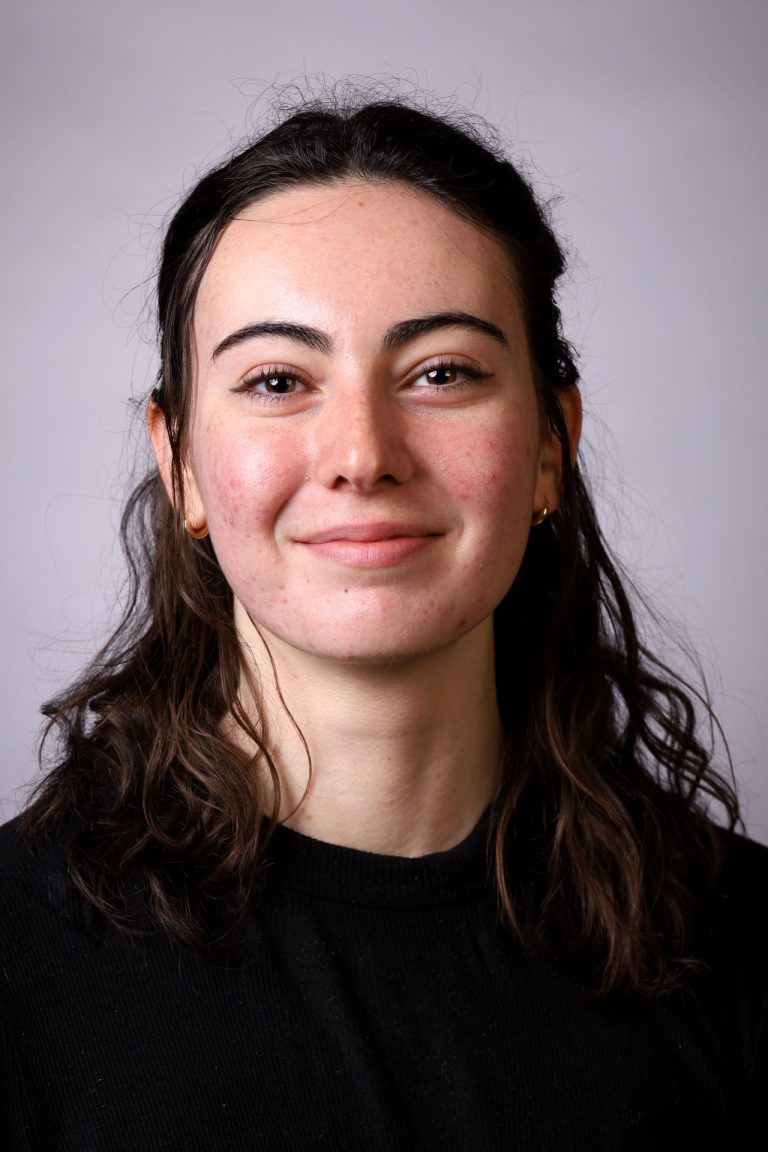
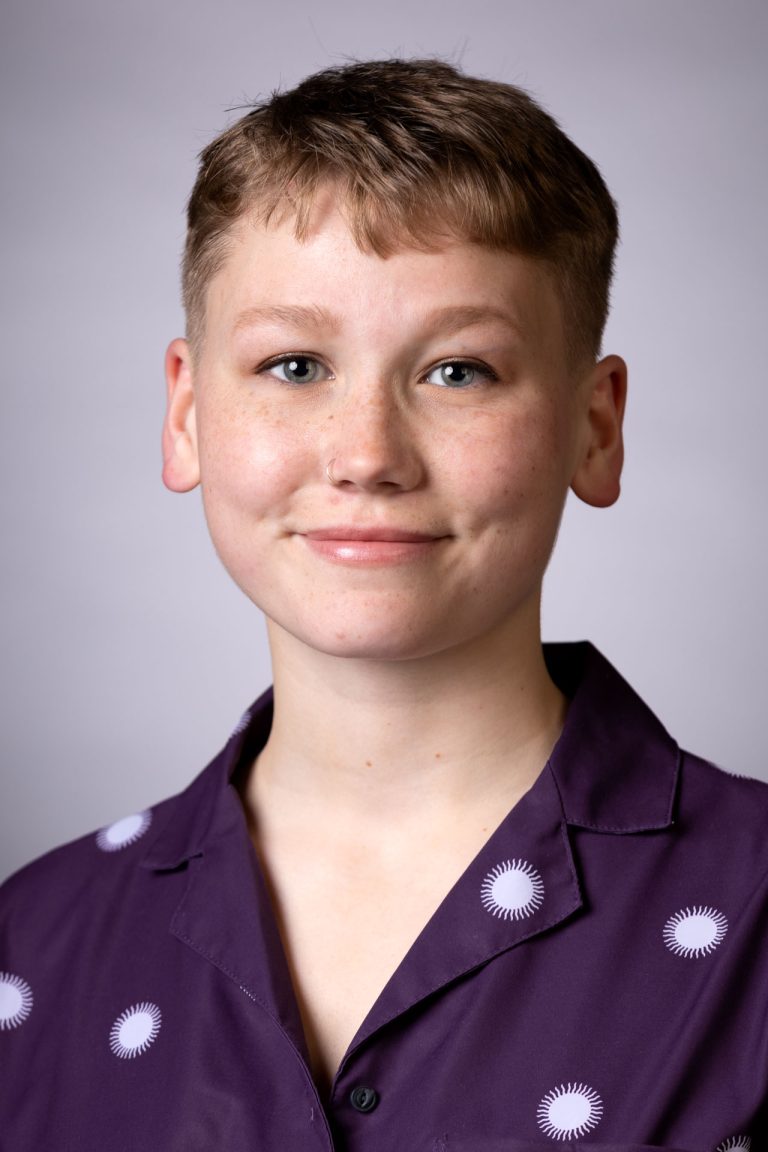
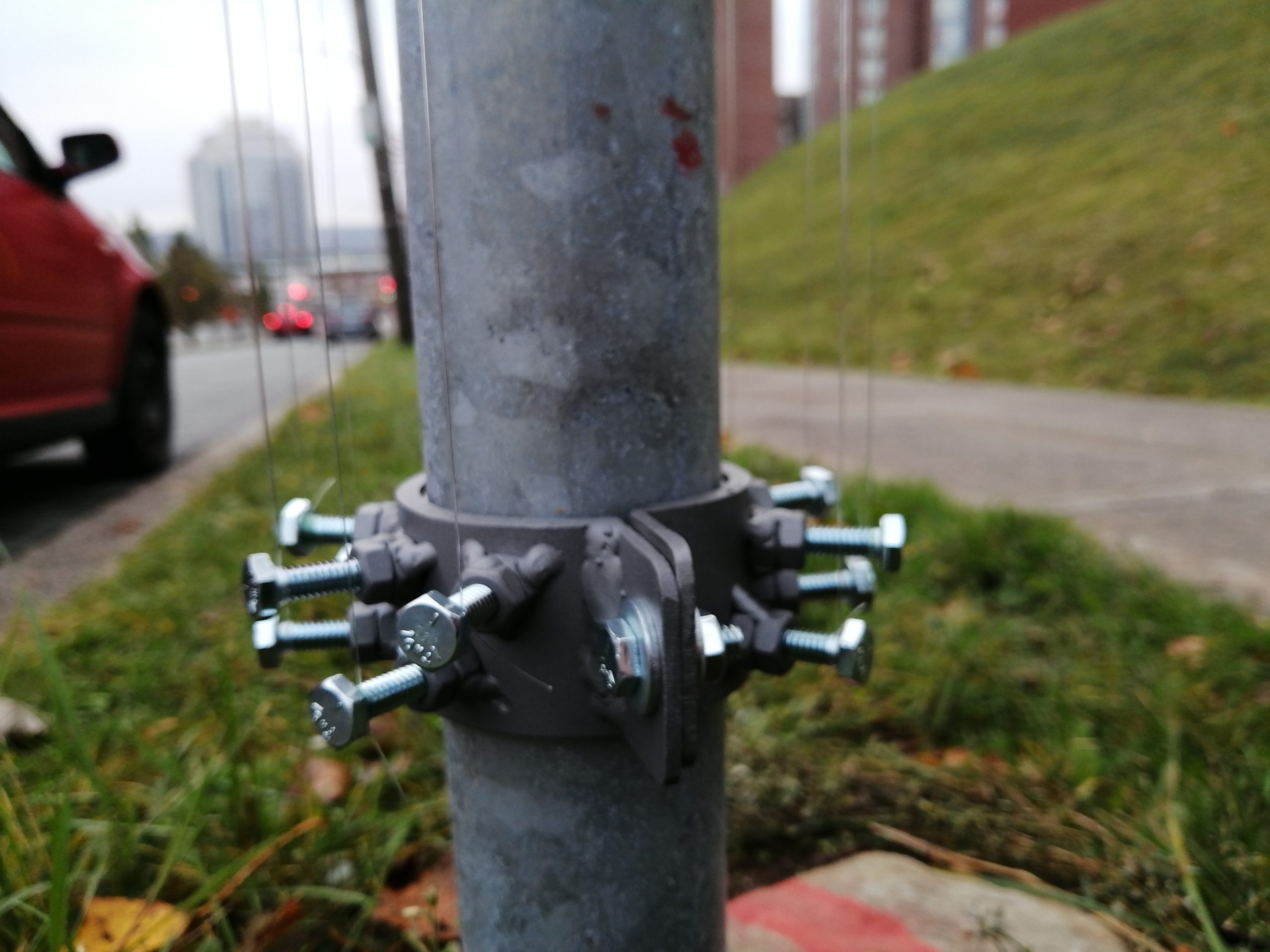
Ada Denil – Aeolein City
Aeolian City is a site responsive installation consisting of 9 wind-activated harps installed on street posts in the city. Aeolian vibrations (named for Aeolus, the Greek god of the wind) are the source of the sound: Strings of equal length and varying thicknesses are strung and tuned to the same pitch. When they vibrate in the wind they produce mysterious harmonic overtones which float and dissipate into the general soundscape, at times consumed or overridden by the noise of the city. The artwork itself is carried in the air, resonating and alive, ephemeral and intermittent. The visually subtle components are installed throughout an area to create a network of auditory experience.
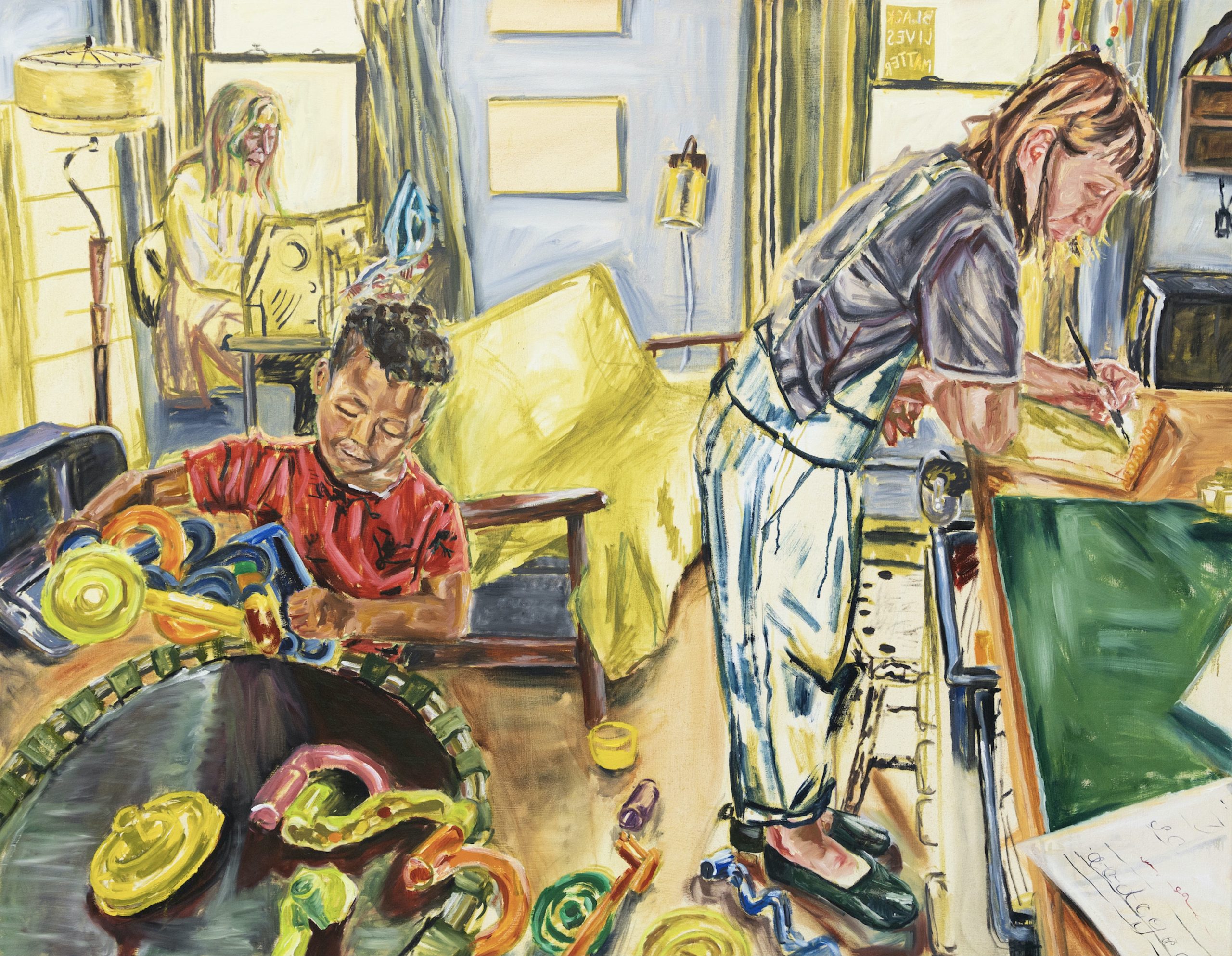
Claire Drummond – Emily Davidson, Margie and Thando
Emily Davidson, Margie and Thando is a painting from a series entitled Art Work Care Work, which represents artist/m(others) as a protest against the long-held idea in the art world that one cannot be both. M(others) in this work include the “other”: queer and gender non-conforming folks who see themselves as engaged in nurturing and sustaining life. Artist and activist Emily Davidson is pictured working alongside her mother Margie, who works primarily in textiles, while Emily’s son Thando plays. Emily and Margie’s studio is a living room strewn with toys, the ordinary flotsam of caring for a young child, and the viewer can sense that a disruption of their work is close at hand amidst the chaos of the ordinary. The painting is left deliberately unfinished in an effort to mirror the ways in which the conditions of maternal creativity are often of interruption and disruption. This body of work seeks to render visible the challenges of making creative work while m(othering), inviting the viewer to reflect on how the cohabitation of art and care work can create space for a more communal vision of what it means to be an artist, and what it means to be human.
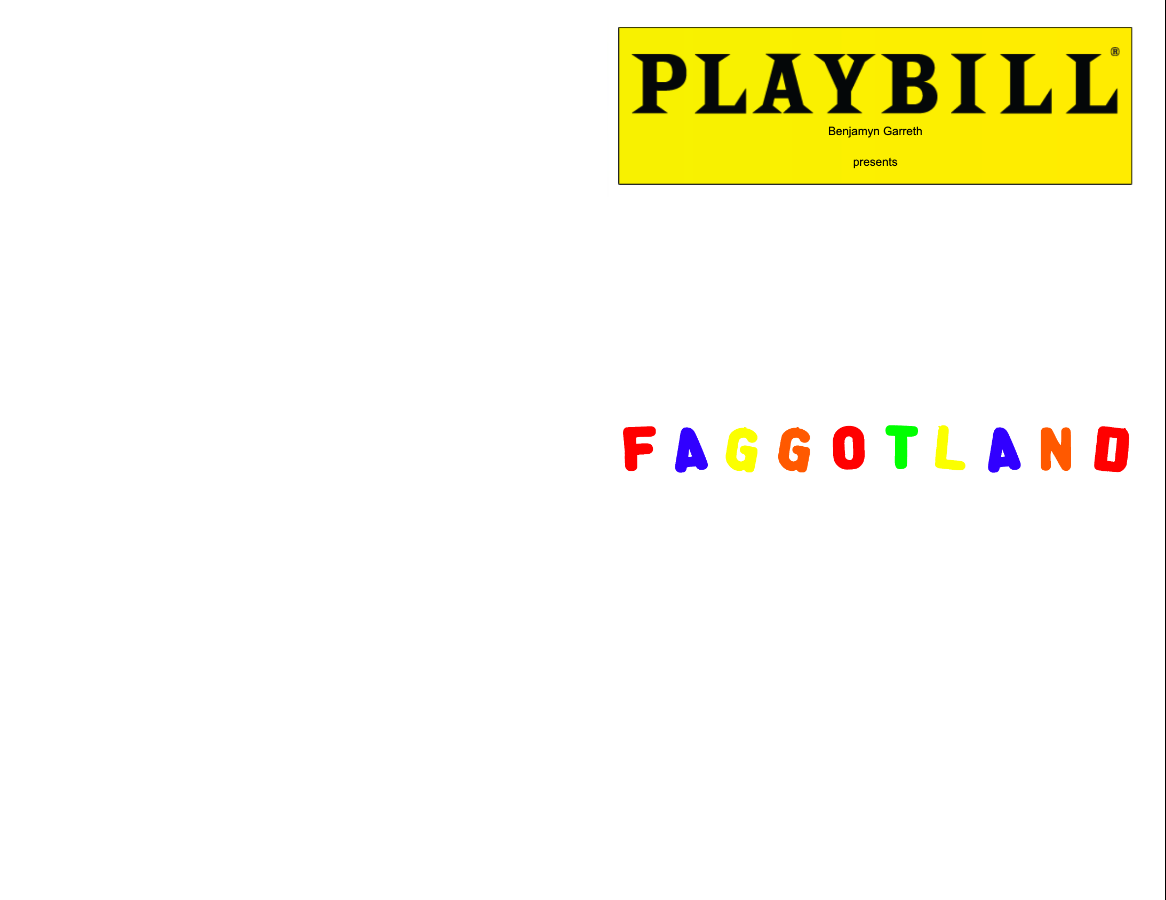
Benjamyn Orr – FAGGOTLAND
FAGGOTLAND is a one-act musical book and story by Benjamyn Garreth, with music by a. laurel lawrence. FAGGOTLAND follows three characters, You, Me, and The Other One, as they navigate their relationships to one another and to themselves. FAGGOTLAND is about the peaks and valleys of being gay and transgender. FAGGOTLAND asks you to hold on, because there is so much to look forward to.
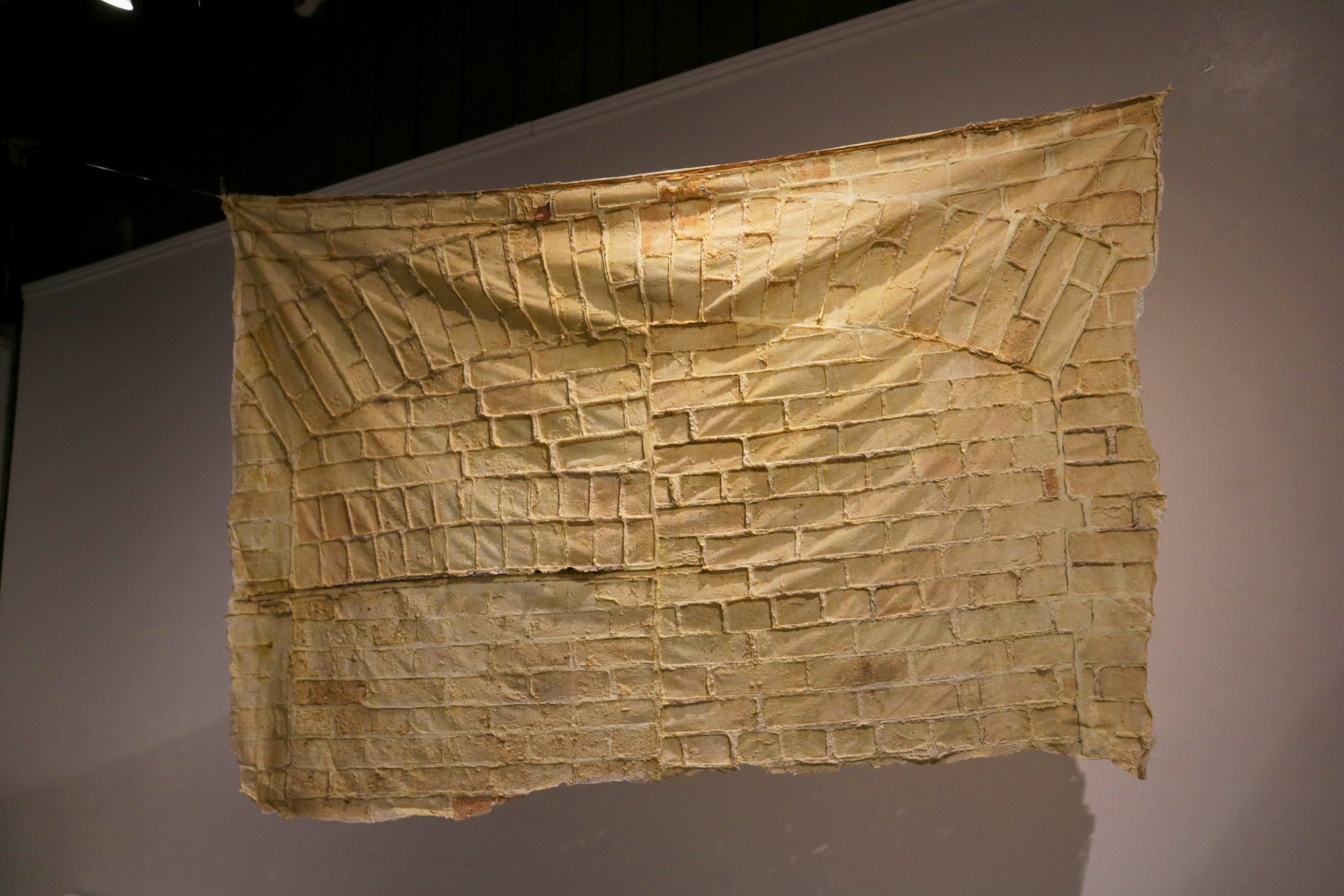
Hrista Stefanov – Within These Walls
“Within These Walls” presents a series of latex impressions taken from the historic walls at NSCAD’s Granville Campus. By stretching a sheet of cheesecloth on a surface and painting layers of latex across it, Stefanov builds up a relief negative that is peeled away once hardened. The latex and cotton gauze embossed objects communicate beyond the residues of history they capture in surprising details, the result of a great deal of material research. The resulting latex images are like ghostly mirrors of their matrix, and their eventual decay will embody future developments in the building. These objects — which are as defendable as prints as they are sculptures — memorialize the space and the narratives that have played out within it, viewing the building as a visual diary of everyone who has passed through it.
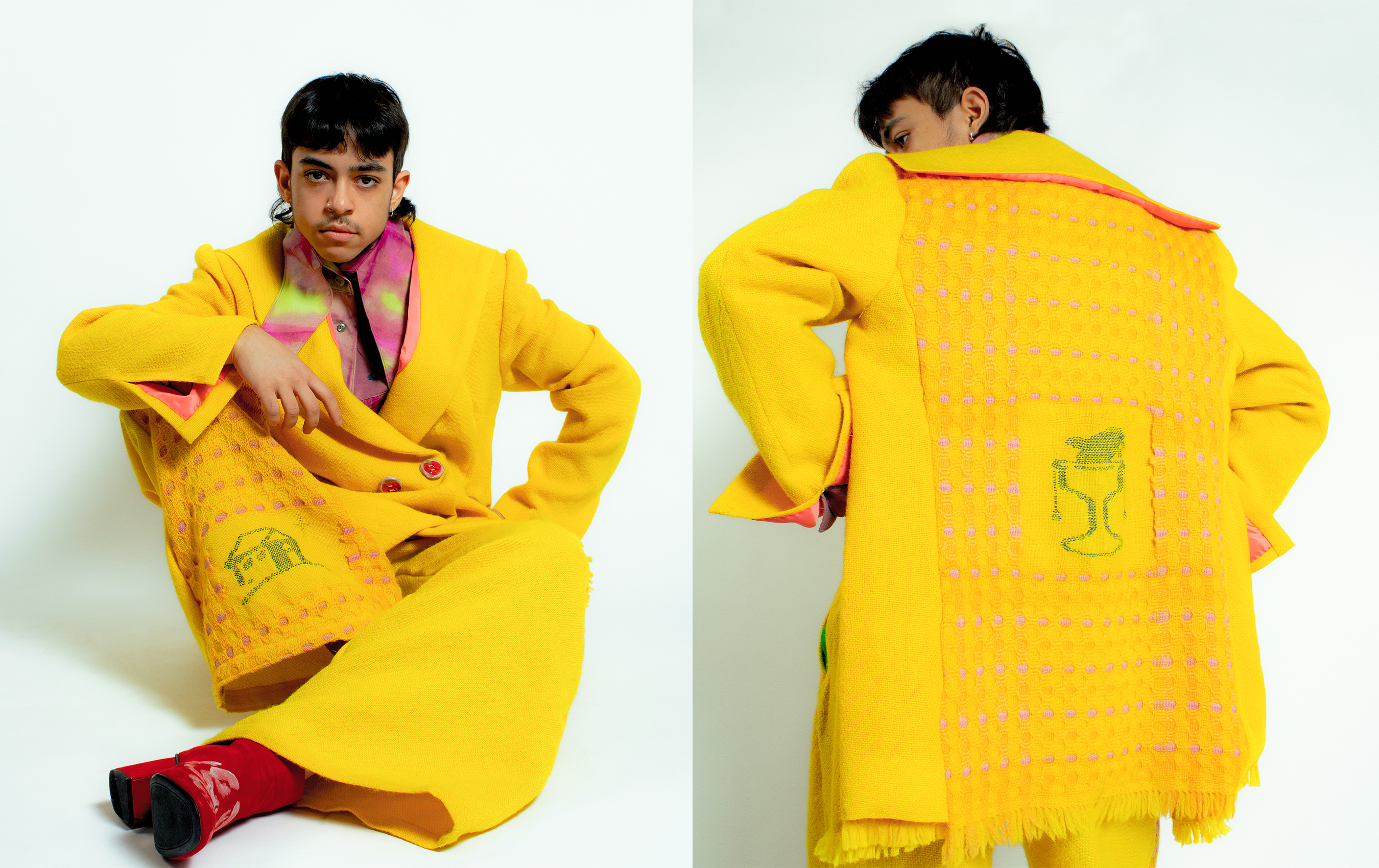
Jem Woolidge – Lucky Suit
Jem Woolidge’s handwoven Lucky Suit is the result of a fashion customization methodology in which an interview is conducted between the wearer and the designer to identify their personal set of lucky symbols, which are then incorporated into a customized garment. This work is an extension of a larger project exploring new methods of fashion design development in intimate collaboration with the wearer, which deploys traditional surface design techniques, context specificity, and a continuing dialogue on personal symbolism. Lucky Suit explores alternative fashion design processes that take into account not just customization to fit a body in a tailoring sense, but also a person’s particular symbolic attachments.

Keely Hopkins – Artist’s Shroud
In Artist’s Shroud I used photogrammetry to build an image of myself as interpreted through digtal modelling. Hundred of images of my body in a supine position are used by 3d modelling software to build data points in virtual space. After exporting an image of the 3d model of my body from a through-the-floor perspective the point cloud was printed on Belgian linen, to further reference the classic death shroud. The photo-object produced specifically references the Shroud of Turin, which is a (false) record of a the trace left behind by the body. My body is composed of points of data in the shroud which are represented by circles, a strong symbol of infinity and cycles. As my body becomes literally translated into data the problem of big data in late capitalism becomes intertwined with bodily autonomy and consent. In Artist’s Shroud the boundary between space/body, death/life, artist/subject, and data/reality become confused.
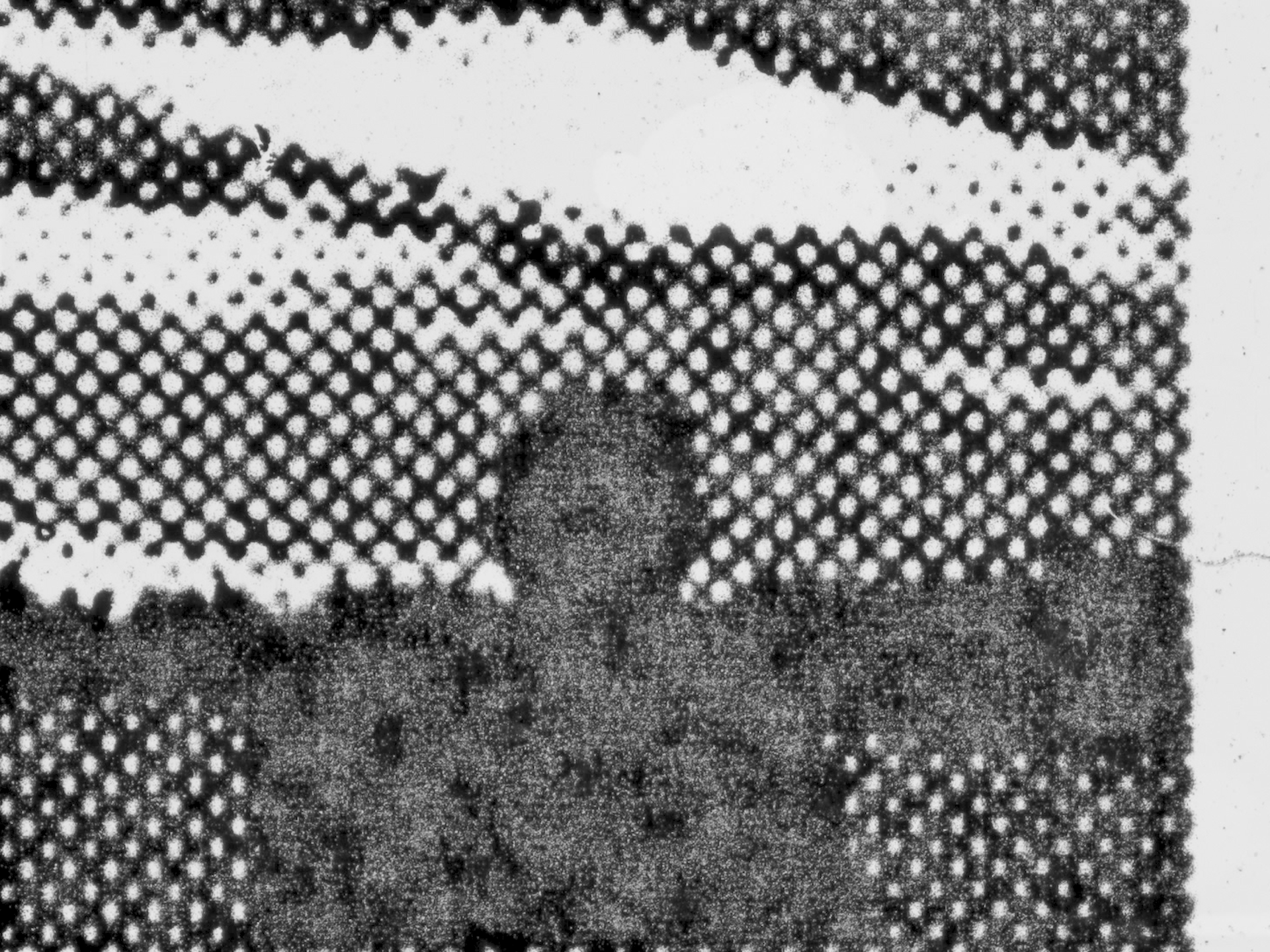
Kate Solar – POND
POND is a three minute long animation produced by Kate Solar. In POND, digital footage of the river near the artist’s childhood home is laser-printed directly onto 16mm film, creating a shifting, liquified halftone; a kind of macro-film grain. Images of animals and figures emerge from this abstraction, then sink back into it. The memory of a specific landscape dissolves into the texture of time; it is impossible to return to.
Solar’s digital-to-physical process, a nostalgic foray into analog 16mm direct animation, exposes the paradoxes of celluloid film-making. Running the film through a projector decays the laser toner image even further. The imprecise, ultra-DIY printing process frequently bleeds onto the film’s optical sound strip. The harsh noise of the projector’s optical sound reader blends with the original field recordings. As the image is obscured, so is the soundtrack. In this bizarre dreamscape, cinematic conventions are overruled by the physical reality of the film medium. POND presents a winter wonderland of pixels and film grain.
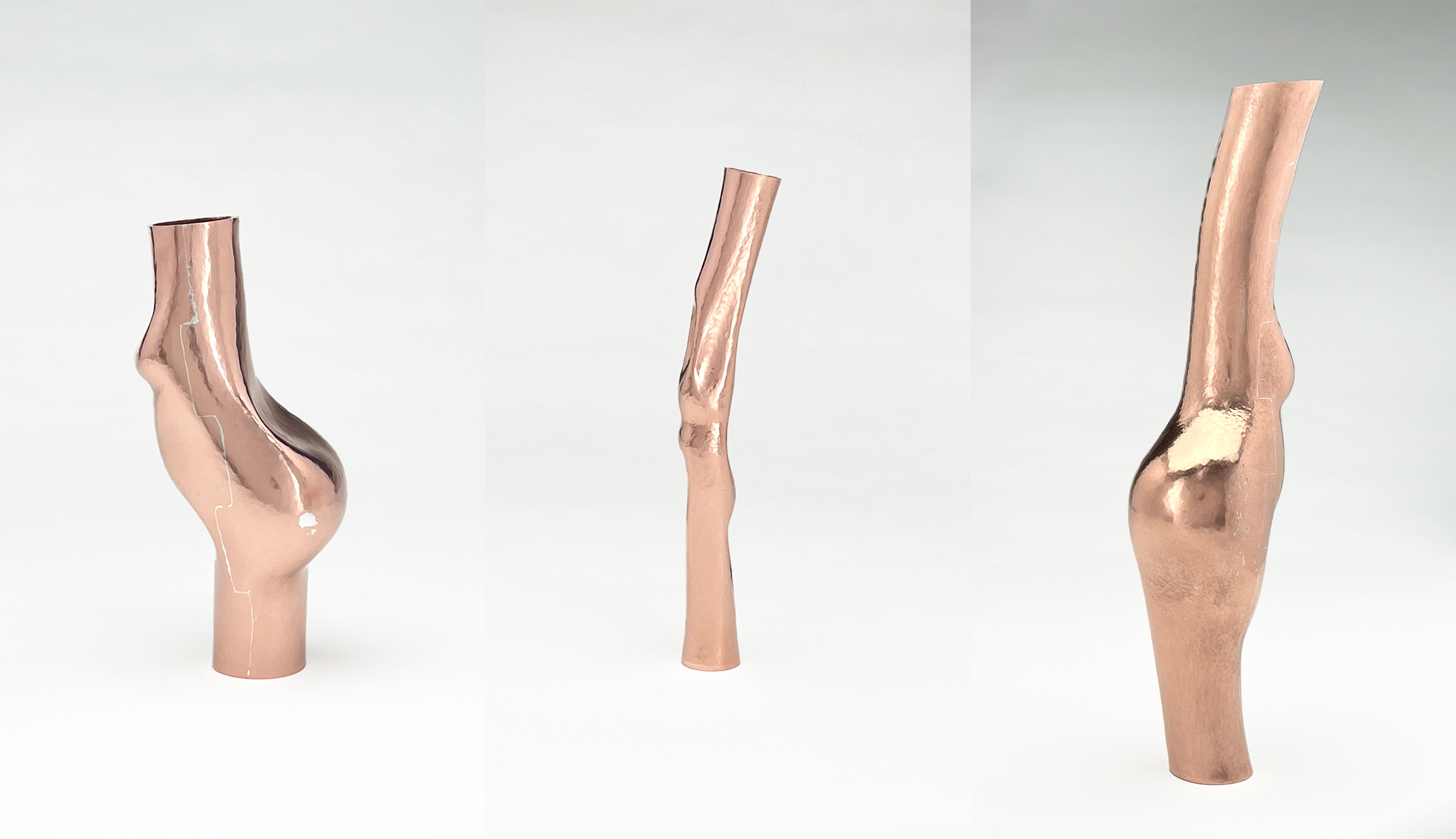
Mackenzie Reid – Stretch
Stretch is a series of three hollowware copper vases based on the stretching of the artist’s body. These exaggerated forms are crafted to accentuate and celebrate parts of feminine forms which are typically overlooked; the artist reflects on the act of pushing and pulling metal into place with various hammering techniques as a process of representing the contortions that women’s bodies are often subjected to in society. The polished copper finish references this act of self-reflection while purposefully highlighting imperfections in the material’s surface. This traditional process has been used to create vessels and liturgical wares throughout history, but Reid masterfully uses these fabrication techniques in contemporary ways; Reid chooses her feminine gaze and through strong solder seams and even hammer marks builds a series of resilient corporeal vessels.
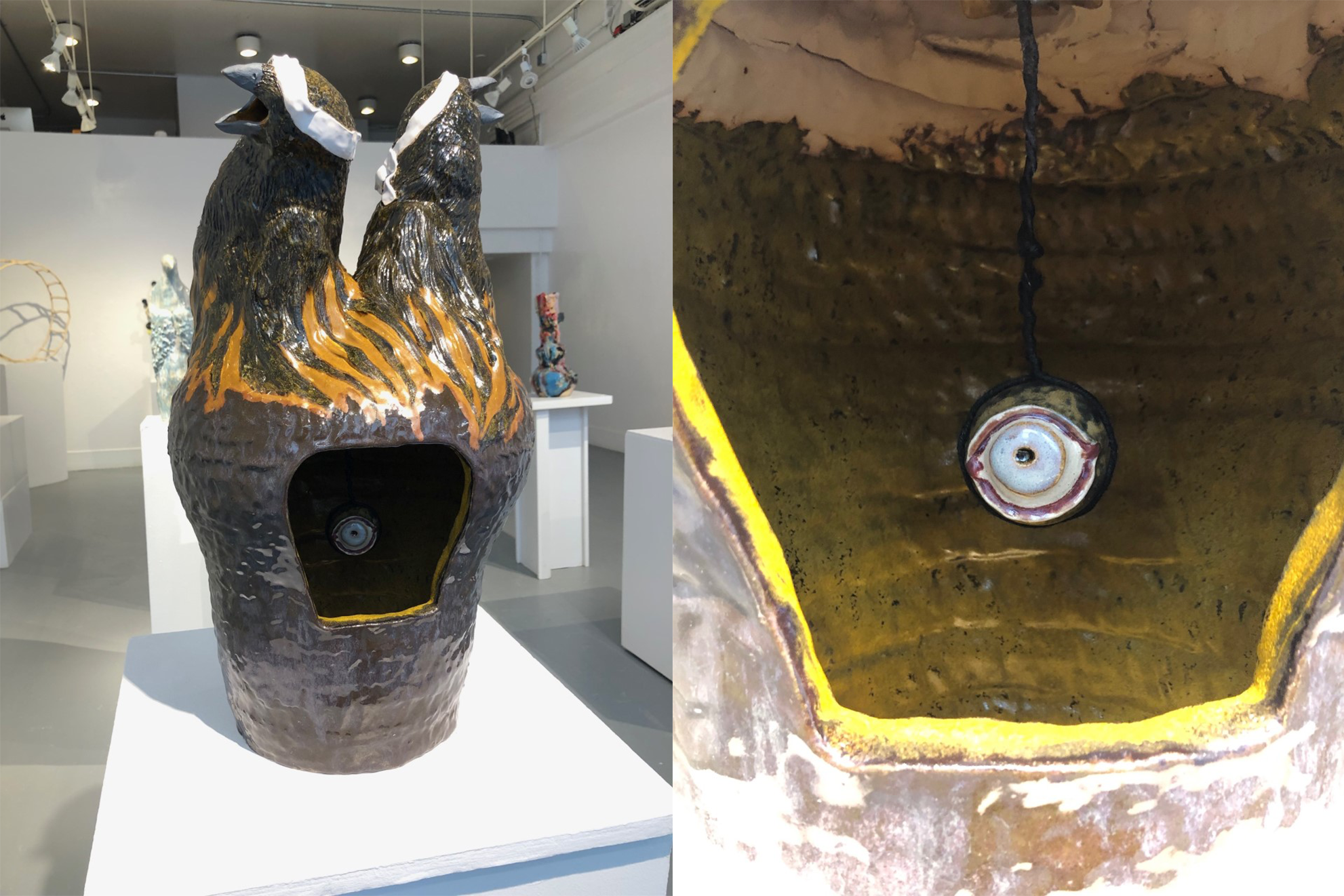
Maeve Mackinnon – Mary-Kate and Ashley
Guided by an all-seeing eye, crow sisters Mary-Kate and Ashley attempt to free themselves from a prison of their own creation. The work is stoneware ceramic and glazed.
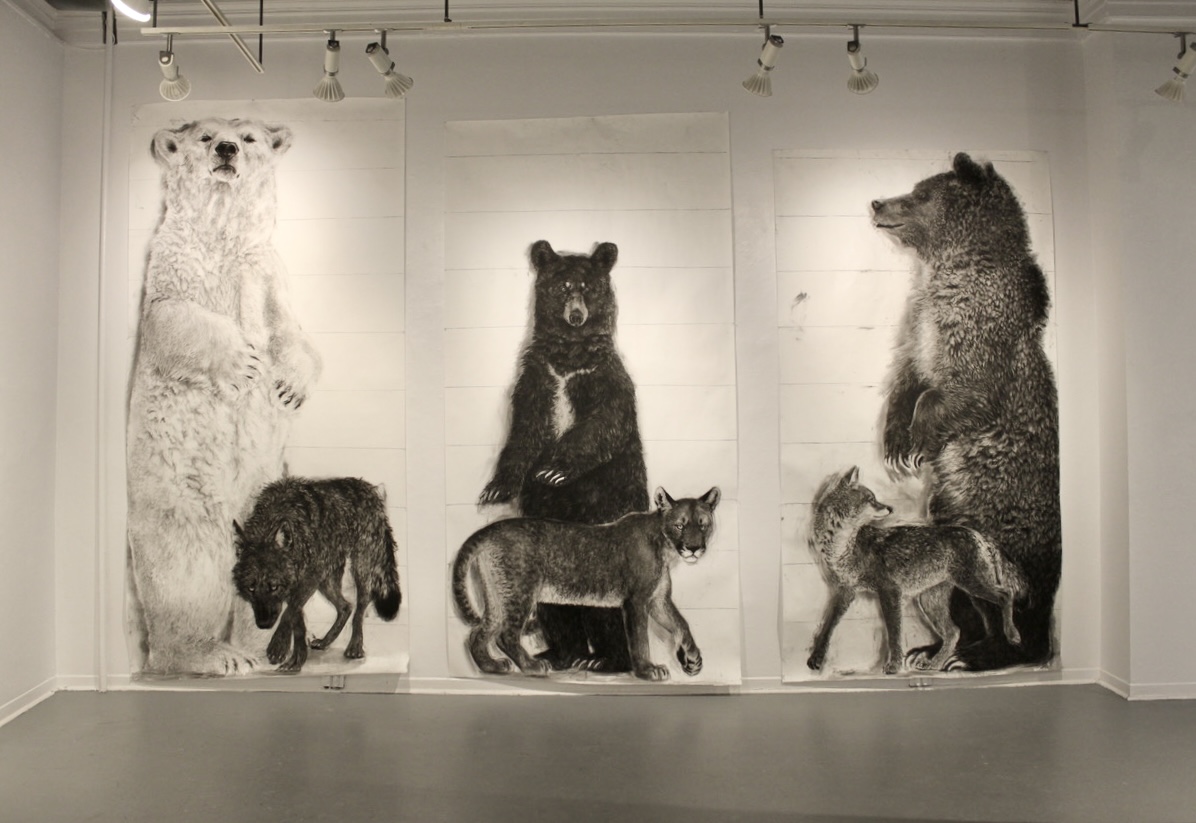
Olivia Burns – Lineup
“Lineup: Pt. 2” is the second drawing in a series of three, depicting the largest and most recognizable predators found across Canada. Within the drawing is a life-size polar bear and a life-size grey wolf, standing against a stark, lined background. The polar bear, being a dangerous predator, is what you might call a threat, and simultaneously threatened. It stands over ten feet in the air, a striking sight, yet it leans back on its heels and lifts its nose in the air. On the other hand, the wolf stalks forward, showing a completely different kind of danger. Grey wolves have represented a much larger threat than any other carnivore to Canada’s post-colonial industries, with their evolutionary superiority and wit. This series is meant to confront our historic fear of these incredible animals, and to ask why they cause so much concern.
